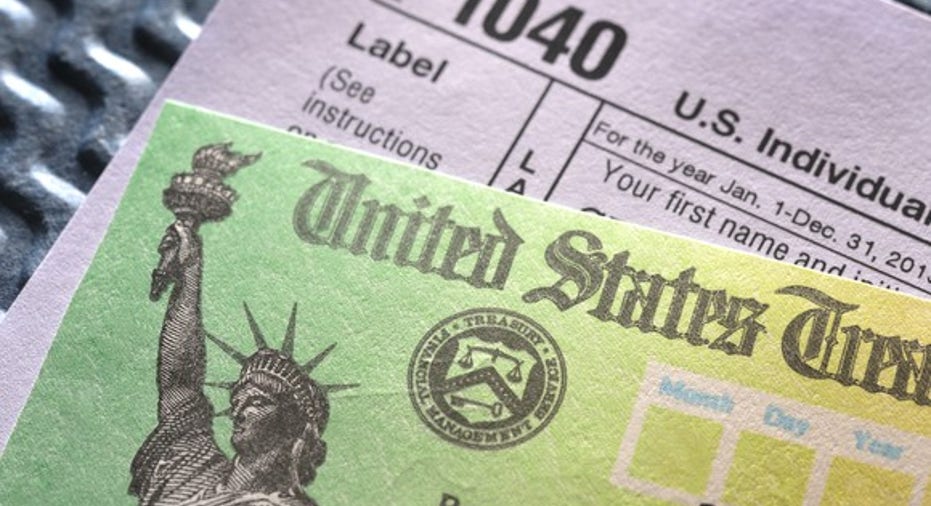What to Do With Your Tax Refund

According to the IRS, 83% of tax returns result in a refund, and the average tax refund is around $3,000. And chances are, you're one of those taxpayers who's waiting for your lump-sum savings.
It's a smart move to think now about what you may want to do with that money so you aren't tempted to fritter it away with nothing to show for it. Here are two ways to make the most of your tax refund.
IMAGE SOURCE: GETTY IMAGES.
1. Pay yourself first
Getting a check this big all at once might seem like winning the lottery, but this isn't prize money. This is your own hard-earned income coming back to you, and as such, it should be treated as an extra paycheck and geared toward getting your financial house in order.
Each month, a portion of your paycheck should be automatically directed to your savings and should be treated as a non-discretionary item in your budget -- and your tax refund check is no different.
Start by shoring up your emergency cash account. To figure out how much you should have set aside, multiply your monthly living costs by six. Having at least six months' worth of cash on hand to pay for large, unexpected expenses or a job loss can prevent you from having to take on debt or raid your retirement account.
Next, take a look at how much you're saving for the long term. If you aren't up to at least a 15% savings rate for retirement, take some or all of your tax refund and contribute to an IRA. For 2017, you can put in $5,500, and if you are aged 50 or older, you can put in an additional $1,000.
Whether you're saving in your emergency fund, adding to your retirement account, or both, the important thing to remember is that your savings is a priority and necessity, not a discretionary item.
2. Retire one debt
Everyone has some form of debt. Whether you're paying back a student loan, a credit card debt, or a car loan, each month, you send in the minimum payment due. One way to use your tax refund to get ahead is to pay off one debt in full, regardless of the interest rate.
Generally, industry-standard advice is to pay your debts in order of highest interest rate to the lowest interest rate -- with the intention of getting rid of the debt that is charging you the most as quickly as possible. And that obviously makes sense from a financial standpoint. But from a psychological standpoint, it can be very empowering and motivational to get rid of at least one monthly debt payment altogether. So, if you have one outstanding loan or credit card balance that you can pay off today, even if it doesn't have the highest interest rate, use some of your refund to pay it off completely. Then, redirect the money you had been using to pay off that debt to other debt you may have -- or into savings.
If you've been behind all year, and you're expecting a tax refund, use this as a chance to finally catch up and get on stronger financial footing.
The $16,122 Social Security bonus most retirees completely overlook If you're like most Americans, you're a few years (or more) behind on your retirement savings. But a handful of little-known "Social Security secrets" could help ensure a boost in your retirement income. For example: One easy trick could pay you as much as $16,122 more...each year! Once you learn how to maximize your Social Security benefits, we think you could retire confidently with the peace of mind we're all after.Simply click here to discover how to learn more about these strategies.
The Motley Fool has a disclosure policy.



















